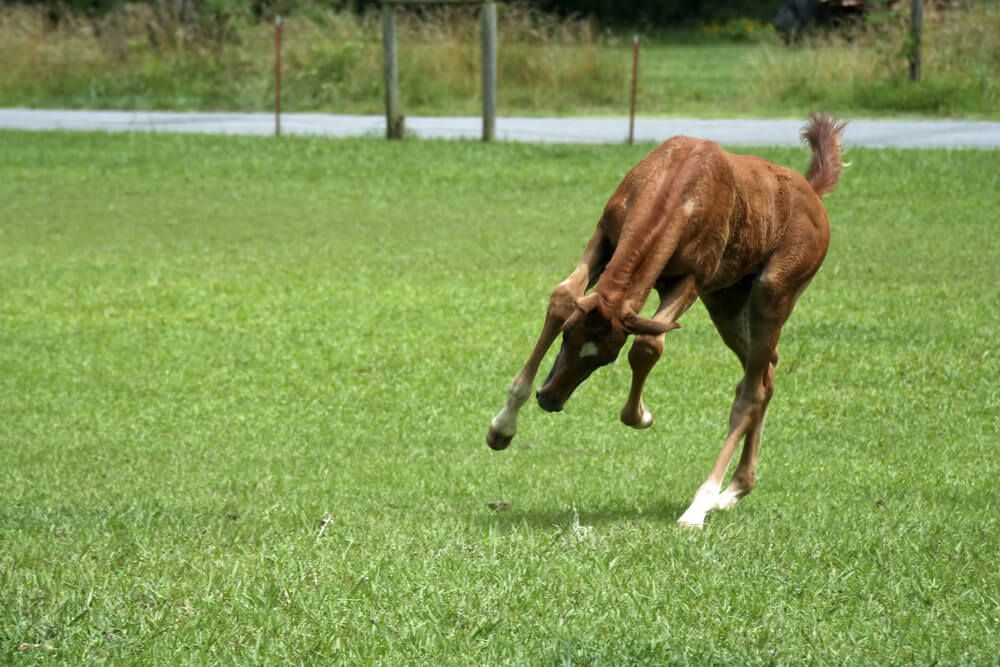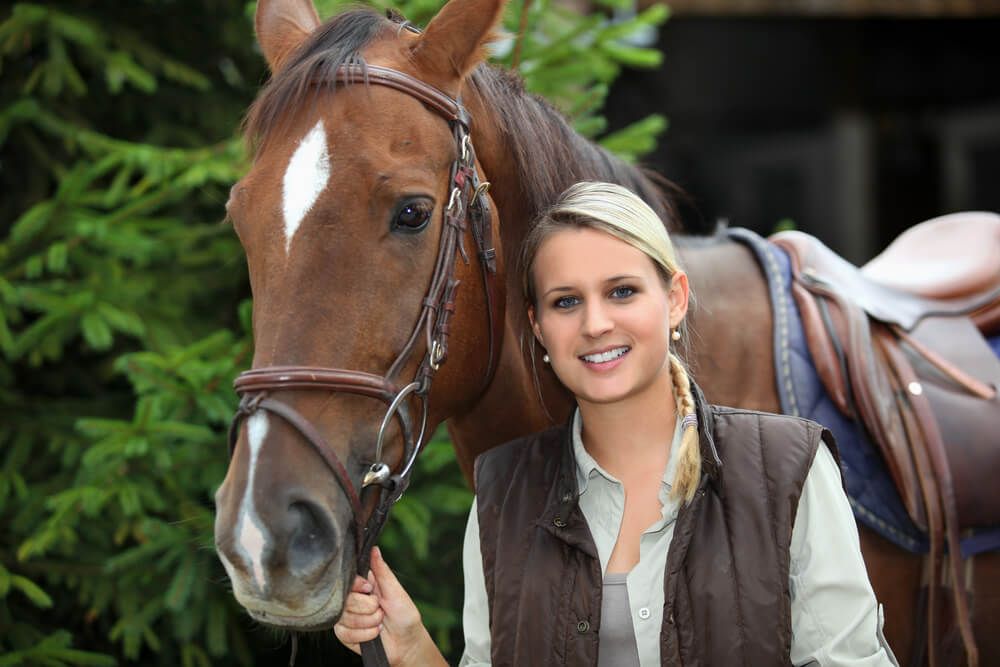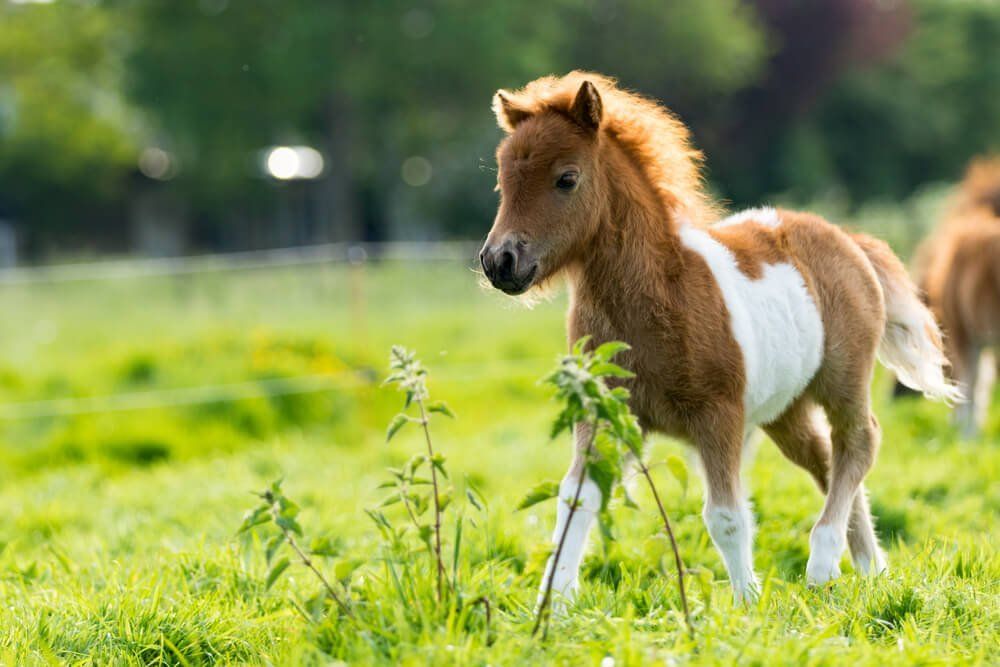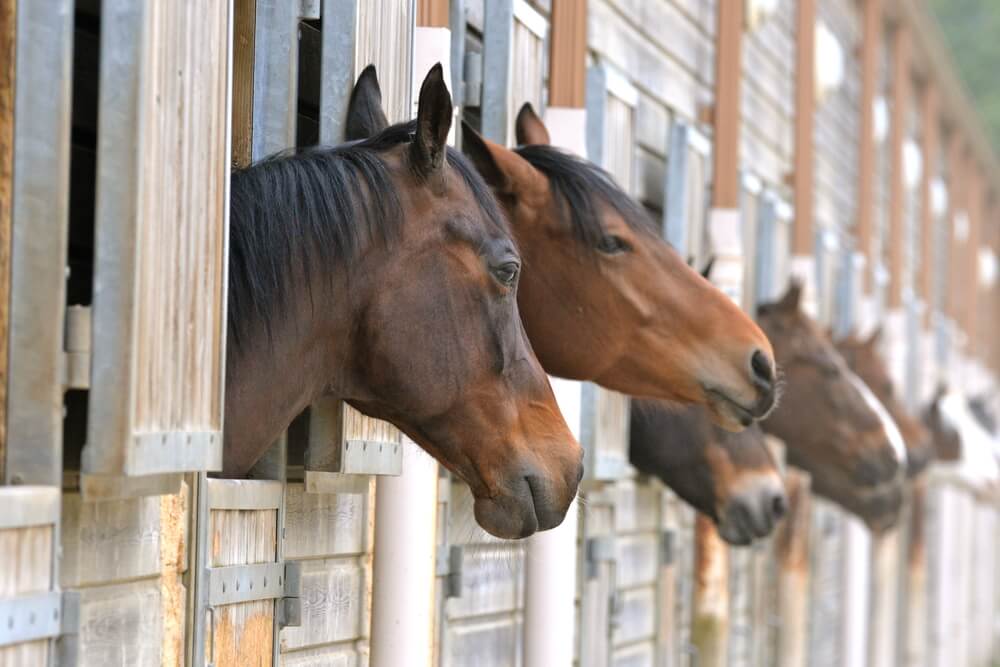Behavioural Problems
- By Michael Harrison
- •
- 13 Oct, 2017
- •
Many behavioural problems can be due to the fact that they have managed to 'get away with' minor misdemeanours and the problem grows from there.
In other situations vices and 'bad behaviour' may be responses to boredom, stress environment or management practices. Genetics, i.e. breeding, may have a bearing in some cases.
Crib-biting, windsucking, weaving and box walking

These are also known as stable vices. They are repetitive actions, which appear to serve no useful purpose. They usually develop in response to environmental stress such as being stabled, restricted access to grazing, boredom, etc., although it is probable that certain horses are predisposed to these behaviours due to their temperament or breeding. There is also a widely held belief that stressful weaning might contribute to the development of one of these behaviours.
Crib-biting involves chewing wooden structures in the stable or paddock. In some horses there may be a dietary reason but in most it is just a habit probably developed to relieve boredom.
Windsucking involves biting onto a door, feed manger, fence rail or other wooden surface and appearing to gulp in air. This habit can lead to colic or failure to thrive with some horses developing a 'pot bellied' appearance. Many windsuckers will stop this behaviour if a 'windsucking strap' is applied tightly around the throat. An operation to cut the throat muscles used during windsucking is sometimes performed on persistent cases but this is only successful in some.
Weaving is the habitual swaying movement performed often across the stable door or along a fence or wall. It is usually a sign of boredom or anxiety. Some horses will stop if a 'V' shaped grill is placed on the stable door. Some respond to having an unbreakable mirror placed on the wall of the stable to give the impression of a companion.
Box walking involves repeated episodes of aimless walking either around the stable or along a wall. Attempts to control this behaviour include supplying the horse with 'toys' to relieve boredom or placing obstacles such as rubber tyres in the stable to impede progress. In the case of both weaving and box walking, horses tend to be worse if upset or unsettled. For many, having a companion such as another horse or pony or even a sheep, can help minimise weaving and box walking behaviour.
Bucking, Rearing & Refusing

These behavioural problems are often due to pain, particuarly if 'out of character'. You should ask your veterinary surgeon to examine your horse or pony if it suddenly develops such behaviour. If there is no obvious clinical problem, it may be helpful to test dose with an analgesic (painkilling) drug, e.g. phenylbutazone, for a few days or weeks to see if the behaviour improves. If improvement occurs, further investigations, including examination of the teeth, neck and back, and inspection of the horse’s tack, are indicated.
Horse-rider incompatibility is sometimes a cause of such abnormal behaviour. The horse should be ridden by another, competent rider to see if the abnormal behaviour continues. If a change of rider or of location alters the behaviour, there is not likely to be a clinical cause. If a clinical cause is found, appropriate treatment can be given. In other cases it may be worth enlisting the help of an experienced horse person or someone who specialises in 'difficult' horses.
General Handling Problems

Many of these problems, such as pulling away when being led, biting, pushing the handler up against a wall, etc. are usually a result of the horse being allowed to take the upper hand. It is important to be assertive at all times when handling horses. Horses quickly recognise a nervous or apprehensive approach. If they learn that they can misbehave in this manner they can become uncooperative, unusable and dangerous.
Re-education of a horse which has developed a 'bad habit' or unacceptable response to a situation such as loading or clipping should be undertaken as soon as the behaviour is recognised. Rewarding desired behaviour may be a good start but professional advice should be sought before the horse becomes dangerous.
Young Stock & Orphan Foals

It is always best to try to foster an orphan foal onto a foster mare or to provide it with a horse or pony companion. They need the company of other horses to learn to behave as horses and seldom thrive unless they become properly socialised. Handling should be restricted to the minimum required for feeding and education. The latter should start from birth with getting used to a head collar ('foal slip') and being handled around the head and neck and picking up the legs, on a daily basis, so that these necessary handling events are well tolerated through later life. Foals should be taught to lead with a foal slip and lead rein, alongside mother, from an early age.
To find a satisfactory role in life alongside humans, whether destined for racing or pleasure riding, horses must be skillfully, respectfully and sympathetically educated to accept and hopefully enjoy human direction.

